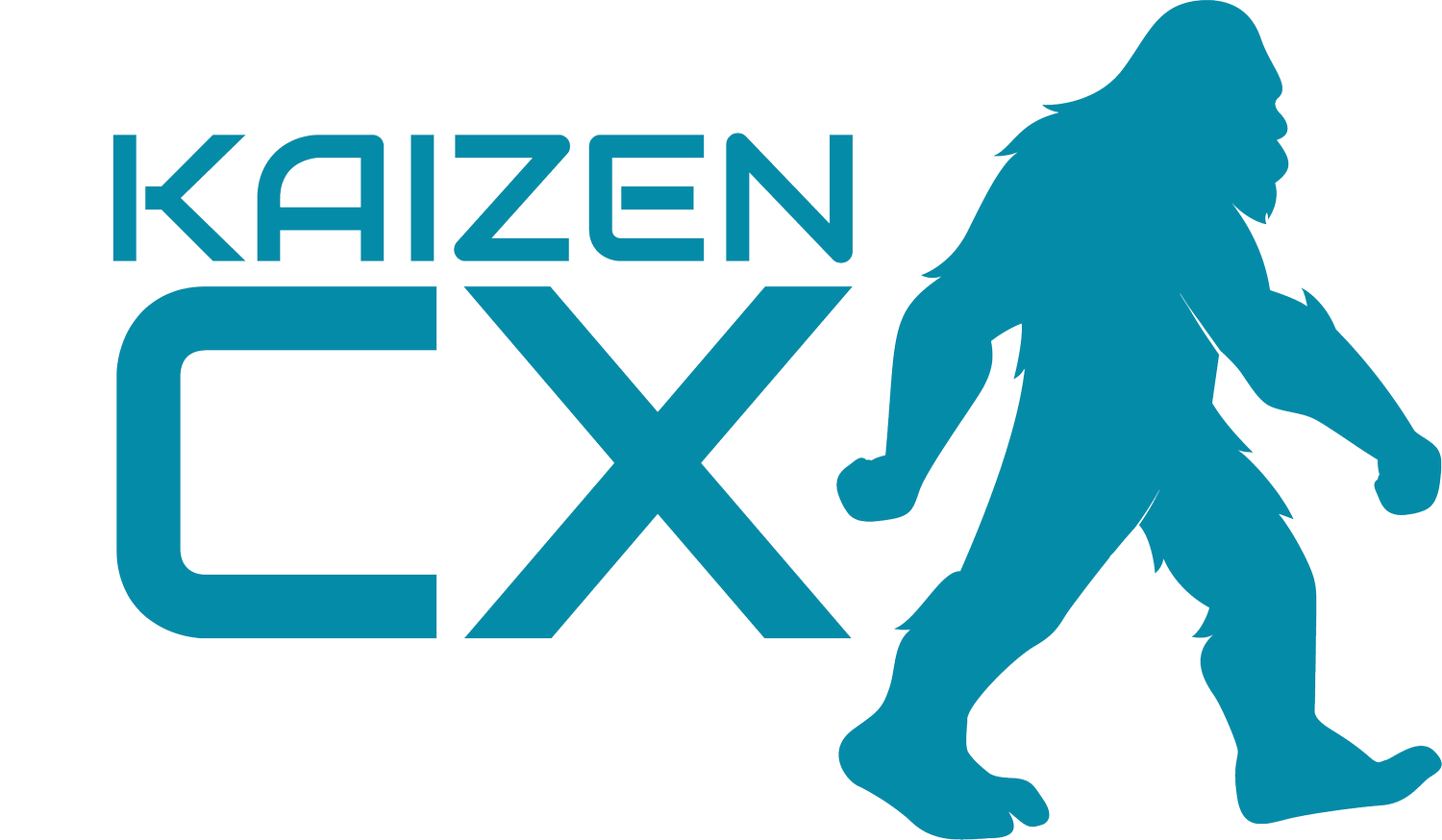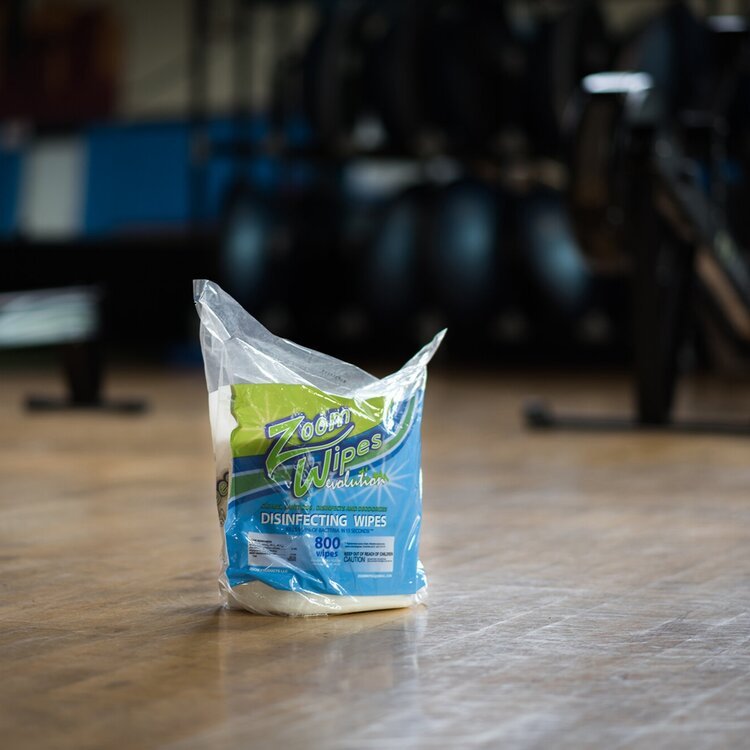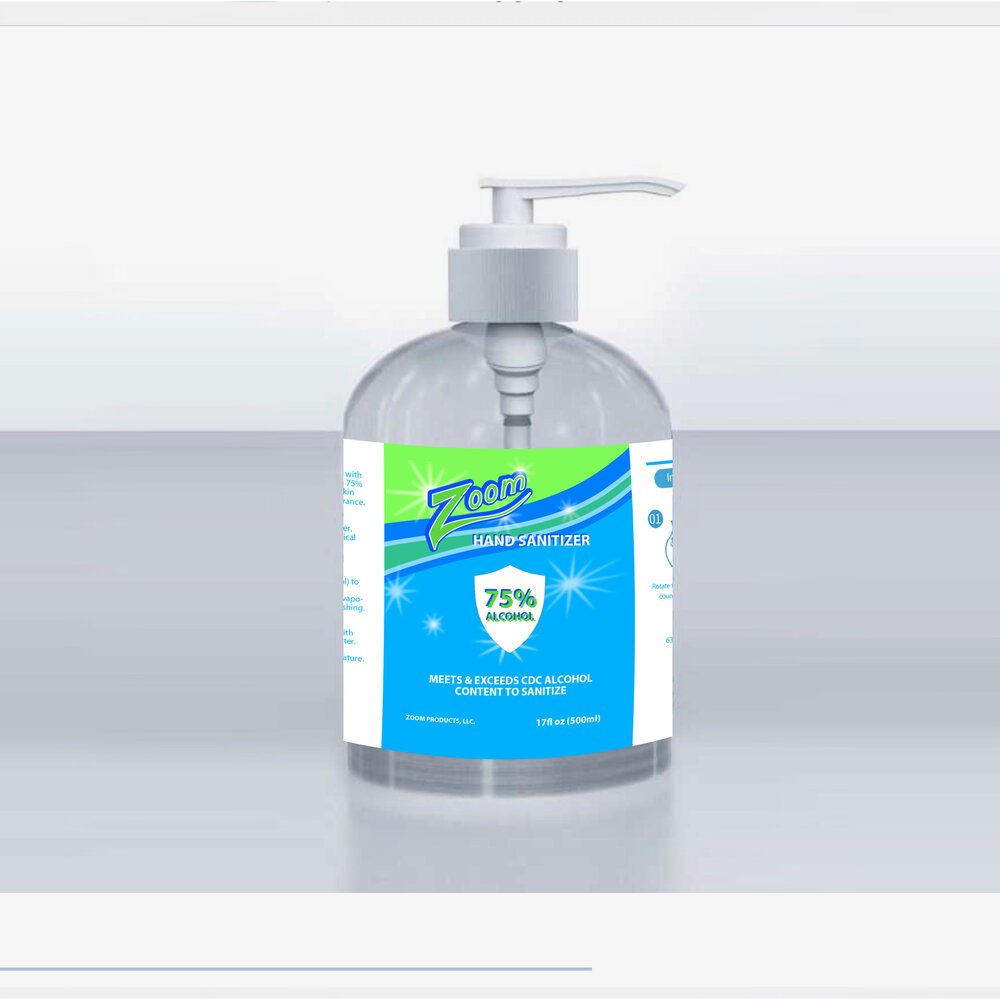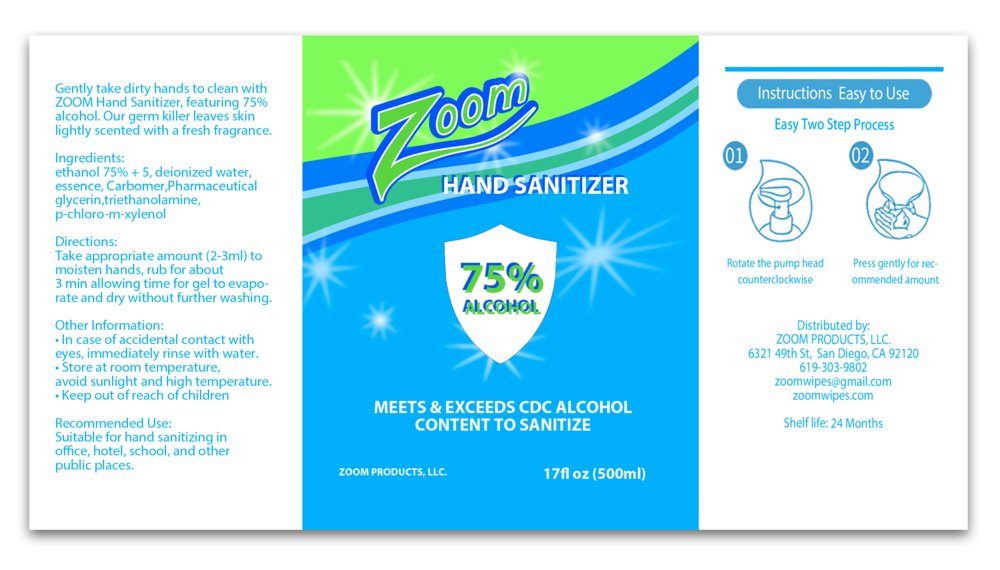Marketing Case Study: Retail and Consumer Goods
Client Background
The client is an emerging brand in the eco-friendly cleaning products sector, offering various products from household cleaners to personal hygiene items. Their products are distinguished by their sustainability, effectiveness, and non-toxic ingredients.
Situation Analysis
As a newcomer in a competitive market dominated by established brands, the client needed to build brand awareness, establish a market presence, and drive online sales, all while emphasizing their commitment to environmental sustainability.
Objectives
Enhance online visibility and brand recognition.
Increase engagement and customer base.
Drive online sales through e-commerce platforms.
Strategic Approach
Brand Differentiation: We began by defining a clear brand message highlighting the products' unique selling propositions (USPs): eco-friendliness, safety, and efficacy. This message was consistently communicated across all digital platforms.
Website Optimization: Revamped the website for user-friendliness, focusing on mobile optimization and fast loading times. Product pages were enhanced with high-quality images, detailed descriptions, and customer reviews to facilitate the buying decision.
Content Marketing: Conducted photo and video shoots for website enhancements and the introduction of new products. A comprehensive content launch package, including graphic design work on labels, accompanied these new offerings. Curated resources address sustainability, cleaning advice, and product application guides. This content was meticulously optimized for SEO to draw organic traffic and guide B2B sales.
Social Media Strategy: Leveraged Instagram, Facebook, and Pinterest due to their visual nature and demographic reach. Regular posts included product highlights, user-generated content, and interactive stories to engage the audience. Sustainable living and clean home tips were shared to add value beyond product promotion.
Influencer Partnerships: Collaborated with eco-conscious influencers and bloggers to showcase the products in real-life scenarios, emphasizing their benefits and eco-friendly attributes. These partnerships expanded reach and credibility among environmentally conscious consumers.
Email Marketing: Launched segmented email campaigns targeting different customer segments with personalized recommendations, exclusive discounts, and educational content about sustainability and clean living.
Paid Advertising: Implemented targeted PPC and social media ad campaigns focusing on key selling points and targeting eco-conscious consumers, leveraging retargeting to capture interested visitors.
Achievements
The website traffic increased by 50% within six months, significantly improving organic search rankings for key terms.
Social media following grew by 100%, with a 45% increase in engagement rates, indicating higher brand interaction.
Email marketing campaigns achieved an average open rate of 25% and a click-through rate of 8%, leading to a 20% uptick in repeat purchases.
Influencer collaborations resulted in a 30% increase in direct traffic to the website and a 25% increase in first-time purchases.
Paid advertising campaigns achieved a return on ad spend (ROAS) of 4.8:1, significantly driving new customer acquisition.
Conclusion
Through a comprehensive digital marketing strategy focused on brand differentiation, content marketing, and community engagement, the cleaning products company successfully established its brand in the competitive eco-friendly market. The focus on sustainability and the effective use of digital channels enhanced brand visibility and fostered a loyal customer base committed to sustainable living.






![[LABEL]-ZOOM-ACTIVE-WIPES-1200-SHEETS-8x6-JUNE2020+copy.jpg](https://images.squarespace-cdn.com/content/v1/61d7bd37705eb003edc80740/1709234158119-QEXC7NO3ORX8GQESH12L/%5BLABEL%5D-ZOOM-ACTIVE-WIPES-1200-SHEETS-8x6-JUNE2020%2Bcopy.jpg)



